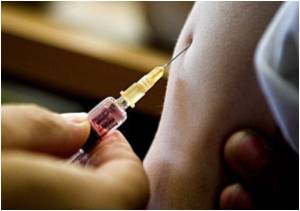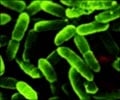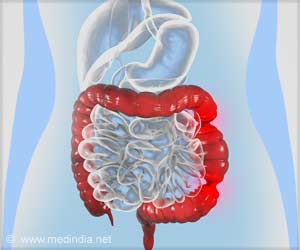
Studies have also hinted at changes in gut bacteria in the faeces of children with autism.
To investigate whether signs of these metabolic changes might be detectable in children's urine, Jeremy Nicholson and colleagues at Imperial College London investigated 39 children with autism, 28 of their non-autistic siblings and 34 unrelated children.
Using nuclear magnetic resonance (NMR) spectroscopy to analyse the children's urine, they found that each of these groups had a distinct chemical fingerprint, with clear and significant differences between children with autism and unrelated controls.
"The signature that comes up is related to gut bacteria," New Scientist quoted Nicholson, as saying.
It is not yet clear whether the bacteria's metabolic products contribute to the development of autism, but it is a possibility worth investigating, he adds.
Advertisement
"It adds another link to the gut bacterial involvement in the onset of disorder," said Glenn Gibson of the University of Reading, UK, who has previously identified abnormally high levels of clostridium bacteria in children with autism.
Advertisement
One of the compounds identified in the urine of autistic children was N-methyl-nicotinamide (NMND), which has also been implicated in Parkinson's disease.
Meanwhile, Derrick MacFabe of the University of Western Ontario in London, Canada, and his colleagues have found that short-chain fatty acids produced by clostridium bacteria can induce reversible autism-like behavioural and biochemical changes in rats.
"Nicholson's study did find some biomarkers of gut clostridial populations that we think contribute to autistic symptoms," said MacFabe.
Nicholson emphasises that further research is needed to confirm whether bacteria really are contributing to autism, and if so, how.
He also stresses that his findings in no way support claims of a link between vaccines and autism.
Even if bacteria are not actually contributing to the observed metabolic changes, they could still be put to use.
"There is probably the basis of a test for autism based on a urinary metabolic profile," said Nicholson.
Autism is currently diagnosed using a series of behavioural tests, and while children can show symptoms of the condition when as young as 5 months old, a clear diagnosis is not usually possible until they are age 2 or 3 years.
This is problematic, because there is growing evidence that the earlier behavioural therapies for autism are started, the better the chances of children being able to lead relatively normal lives.
"If you could identify kids who were at risk much earlier by a chemical test rather than by observing the manifestation of full-blown behaviour, we could get them into therapy much earlier," said Nicholson.
The next step is to confirm the results in a much larger group of age-matched children, as well as following high-risk children from birth in order to identify whether there are markers that precede the development of autistic symptoms.
Nicholson's study appears in the Journal of Proteome Research.
Source-ANI















